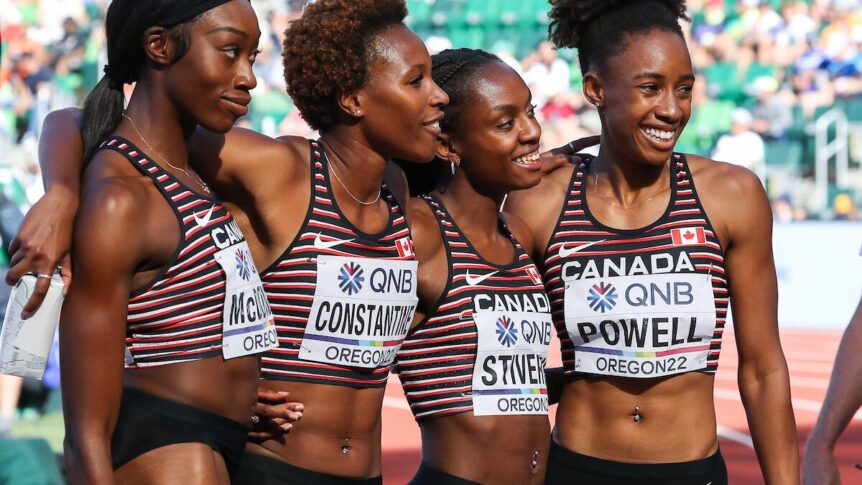Breaking Barriers and Closing Gaps: The Journey to Achieve Gender Equity in Sports Continues
Share this Post
In today’s sports landscape, we are witnessing an increase in the involvement of women across various professional disciplines, including soccer, basketball, softball, volleyball, field and track, refereeing, and board membership in major leagues worldwide. However, this progress, though significant, falls short of what is needed to achieve true gender equality.
The Disparity in Sports Positions: According to Renato Francisco Rodrigues Marques, a professor of Sports Sociology at the USP School of Physical Education and Sport in Ribeirão Preto (EEFERP), the representation of women as referees, managers, and coaches still lags behind their participation as athletes.
This disparity is rooted in misconceptions that arise when women pursue coaching careers, as societal biases often question their ability to balance professional responsibilities with domestic duties that should be inconsequential to their careers.
The Challenges Faced by Women: Recent research highlights the ongoing struggle faced by women in securing sports positions. They are often discredited despite being highly qualified, professional, and more prepared than their male counterparts.
Furthermore, women who choose sports-related careers often endure low wages and must exert exceptional efforts in education, preparation, and training to compete for the same positions as men.
Increasing Presence in Sports: Despite the challenges, there has been a noticeable increase in women’s presence in sports over the years. From 2009 to the present, research data shows a 40% growth in women’s participation compared to men, significantly narrowing the gender gap that once stood at 80% to 20%.
However, the lower presence of females in sports courses may be attributed to limited access to sports-related topics during their formative years, resulting in lower representation in management positions, leadership roles, and careers as referees or coaches.
Illustrating the Disparity: To illustrate the gender disparity, let’s consider basketball and soccer in Brazil. Even though the professional basketball league is dedicated to women, men predominantly occupy coaching positions, with only 25% being female coaches and a mere 21% serving as referees.
Similarly, in the Brazilian Women’s Football Championship between 2013 and 2019, only 17% of head coaches and 21% of assistant coaches were women. The situation mirrors that of basketball, with limited representation of women as referees or in key positions.
Driving Change: To bring about significant change, a multifaceted approach is required. Initiatives promoting gender equity and greater inclusion of women in sports positions are essential. For instance, implementing policies like the one in Canada, where women’s teams are mandated to have at least one woman on the coaching staff, can help drive progress.
Additionally, creating open and constructive debates can challenge outdated attitudes, eliminate biases, and foster increased female participation in the sports field.
While women have made significant strides in professional sports, the journey towards equal representation in sports positions is far from complete. Continued efforts are needed to bridge the gap and achieve gender equality.
By implementing more initiatives, fostering inclusive policies, and encouraging meaningful dialogue, we can create an environment where women’s contributions to the sports world are truly valued and celebrated.
Rodrigo Oscós is a contributor at Hear Her Stories. This article represents the views of the author only and does not necessarily reflect the views of Hear Her Stories.

